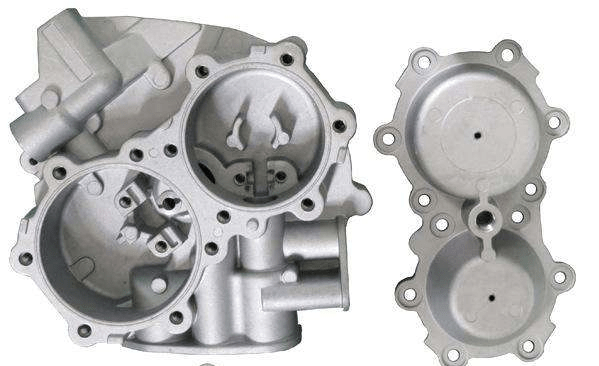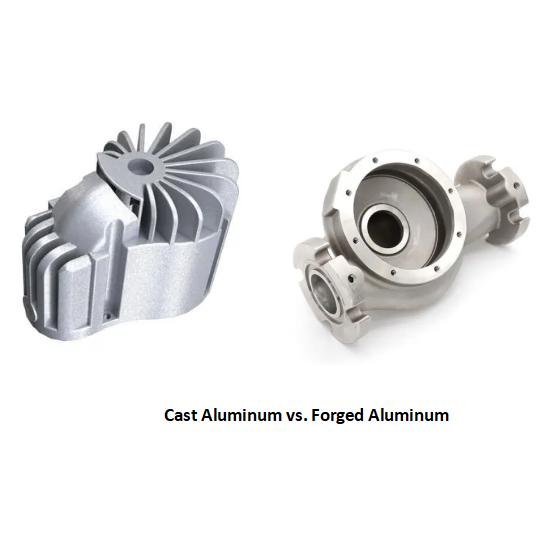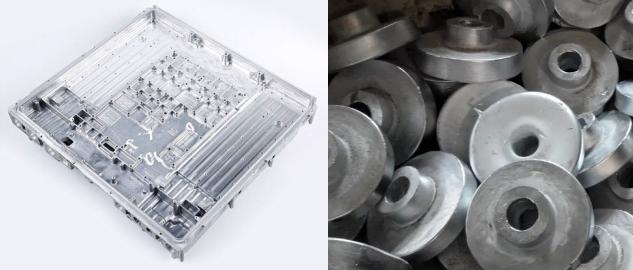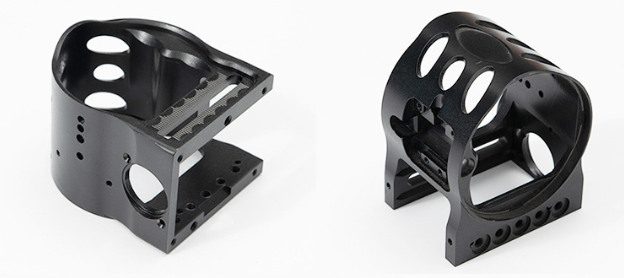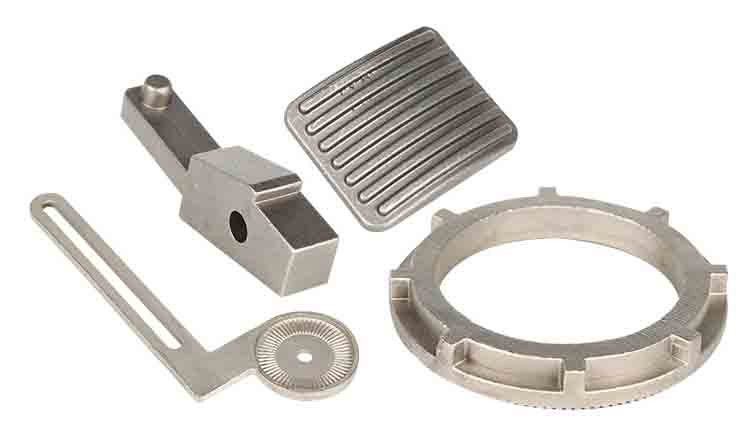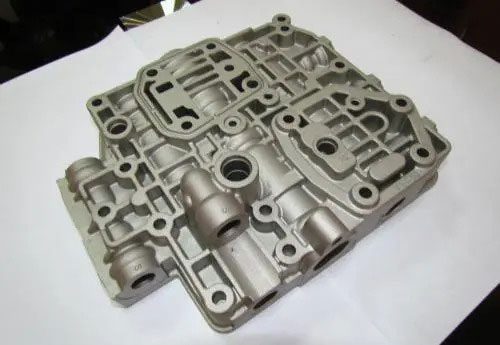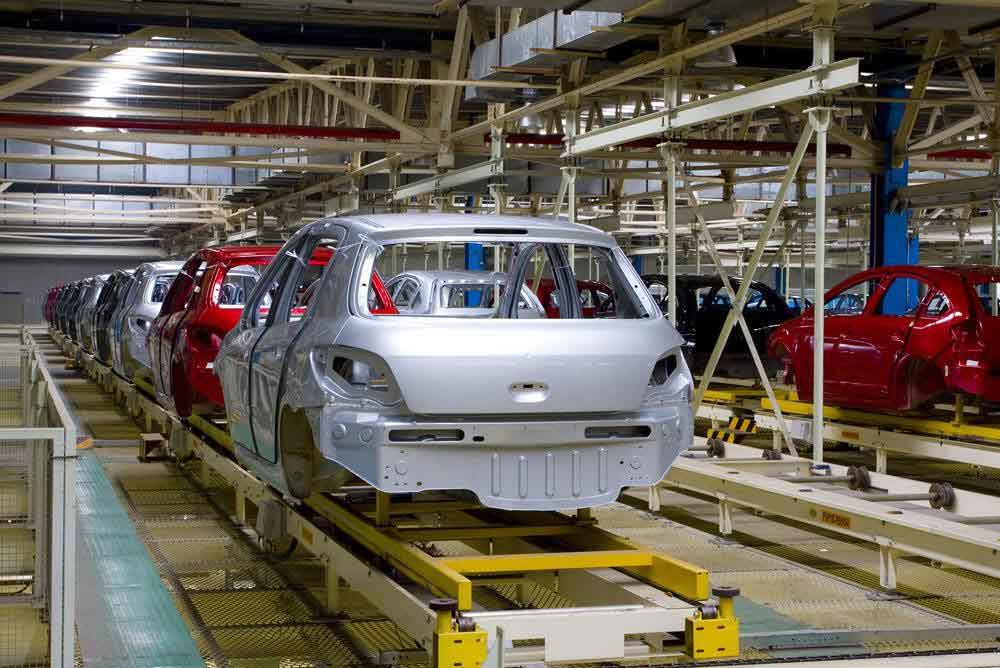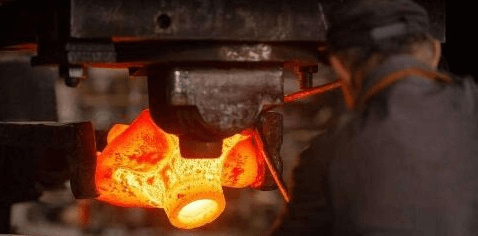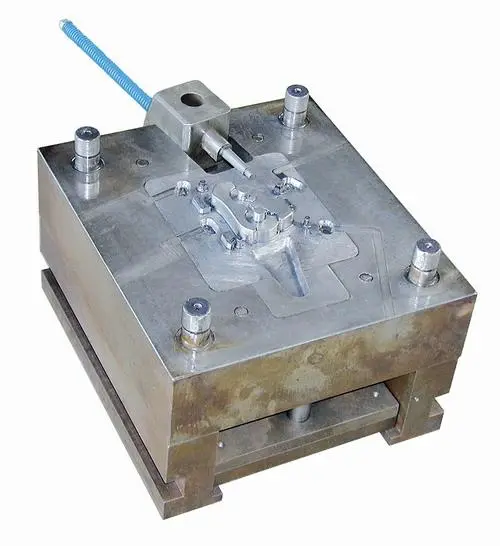Metal castings are the main supplier of blanks and spare parts to the machinery industry. Castings account for a large proportion of mechanical products, such as internal combustion engine key parts (eight or nine) for castings, accounting for 70%-90% of the total mass, automobile casting quality accounted for 19%.
Casting is the most widely used metalworking technology in a rapidly changing world. No matter what industry you are in, knowledge of metal casting is important.
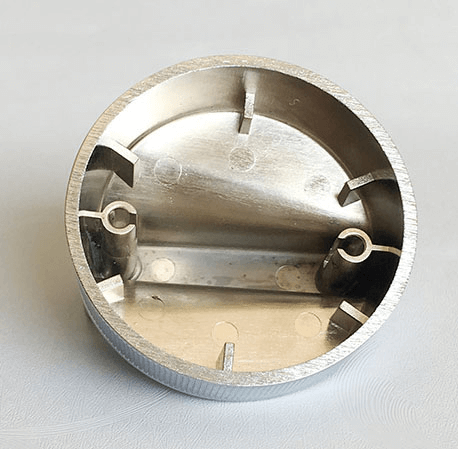
What is metal casting?
Metal casting refers to pouring molten metal into the mold for metal casting. When the metal liquid is cold and solidified, the process of obtaining blank or parts is called metal casting. The history of metal casting is very long, which means that this kind of metal casting process has been quite perfect and mature after a long time. Many metal casting products in our life are made by this process, such as car engine blocks, lamp posts, wind turbines, bicycle pedals, etc. Let’s learn more about the metal casting process.
Metal casting process
- Design patterns and make metal molds
You will need to design a pattern to determine the shape of the mold, such as a 3D printed model of the object or CNC prototype. Molds, which can be made from wax, plastic, sand, or even wood, take into account the shrinkage that occurs when the metal cools, as well as the machinability of a part’s structure based on precise calculations. Finally, the gate is placed in an appropriate position in the mold to allow the molten metal to flow evenly and smoothly into the mold.
- Selection of metal materials
The main alloys commonly used in casting are aluminum and copper, while the precious metals commonly used in the jewelry industry are gold, silver, copper, and platinum. These metals are mechanically capable of meeting the requirements of metal castings. They are a mixture of many elements and are strong and durable.
- Molten metal material
The process of metal casting is like playing on the beach and leaving footprints on the beach. It can be simply understood that feet are models, and footprints are molds of feet.
The modeling process is a multi-step process, this process is the metal casting sand, sand, model into the sandbox, pressing the sandbox, the sand and the model closely fit, the purpose is in the sand around the model to form the geometric shape of the casting, remove the model, perfect copy the geometric characteristics of the model, to create the mold. If reusable molds are needed, durable and indestructible metal molds can be made.
- Pour into the mold
The heated molten metal is poured or injected into a mold. In gravity casting, for example, molten material can be poured directly down into the mold by gravity; However, in high pressure die casting, molten material can only enter the mold passively at high pressure, and a large closing force is required to keep the mold safe.
- Remove the mold
The most troublesome part of the process is separating the sand from the intact, clean castings, a process commonly known as sanding. The mold vibrates to shake off the metal sand attached to the casting. The shaken sand is then collected and cooled for recycling. Casting surface should not be covered with too much sand, which will cause casting surface defects and is not conducive to the full use of sand.
Some companies with good conditions also use sand regulators to remove and cool the sand, as well as steam evaporation to speed up the separation of sand from the casting. Some metals need to be quenched in water after solidification because water helps remove mold. For reusable metal molds, the casting is pulled out with an automatic thimble, leaving some thimble marks on the back of the casting.
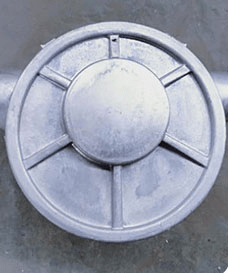
- Metal casting completed
The final stage of the metal casting project is trimmed and cleaned. During dressing, all molding material is removed from the object, and the metal castings are ground and polished, for example, by water cleaning to remove residual mold material, casting gate marks, and rough protruding edges.
Applications of metal casting
- Lost mold casting
- Power plant equipment
Power plant equipment is a high-tech product because the components need to run continuously for a long time under high load. Many parts of the thermal power station and nuclear power plant equipment also need to withstand high temperature and high-pressure steam corrosion. Steel castings can meet these requirements to the maximum extent and are widely used in power plant equipment.
- Railway locomotives and rolling stock
Railway safety is of paramount importance, so some key components of rolling stock, such as wheels, side frames, bolsters, hooks, etc., are traditional steel castings.
- Construction, construction machinery, and other vehicles
Much of the construction machinery and construction machinery components are under high load or need to withstand the impact wear, of which a large part of metal castings, such as action system of the driving wheel, wheel bearing, rocker arm, segments, such as general motors rarely used steel, but special off-road vehicles and heavy trucks in action part also extensive use of steel.
Conclusion
Metal casting has a wide range of uses in manufacturing, especially in construction and transportation. It is also a very cheap method. It has a long history, and through the test of history, metal casting services are increasingly able to meet different production requirements.


